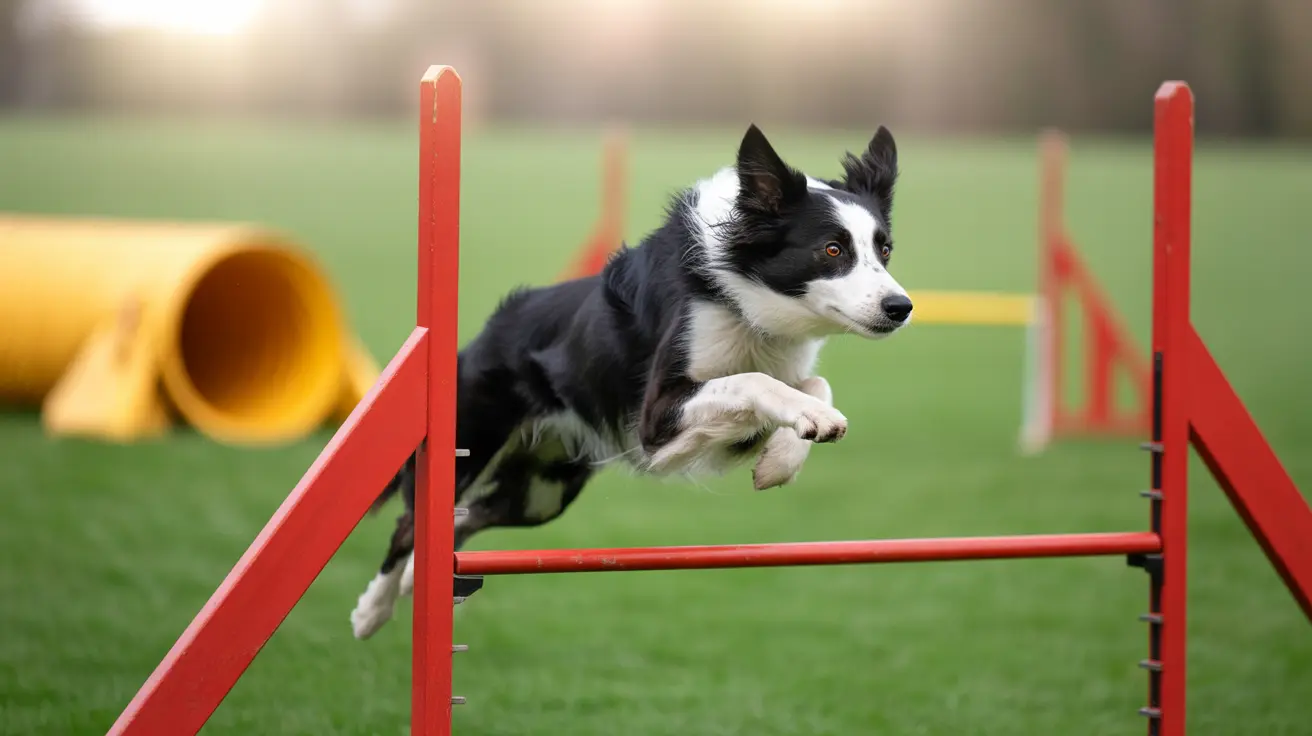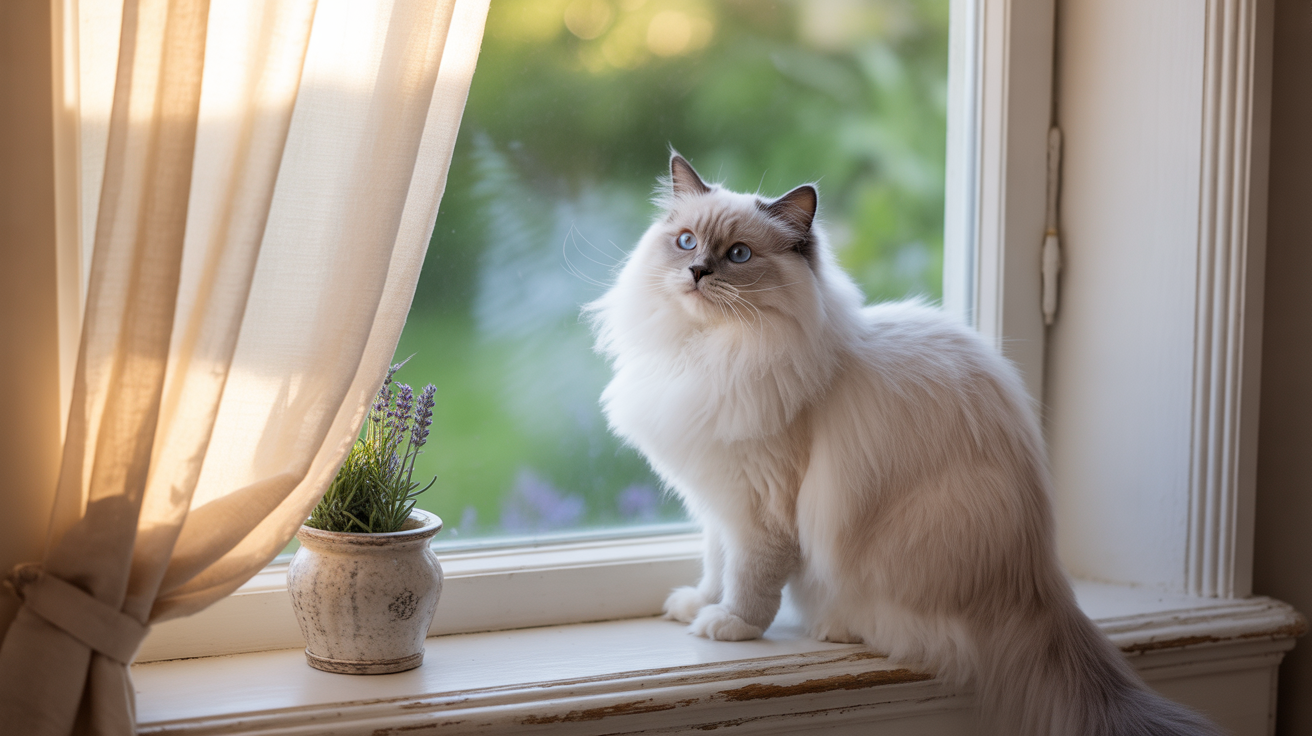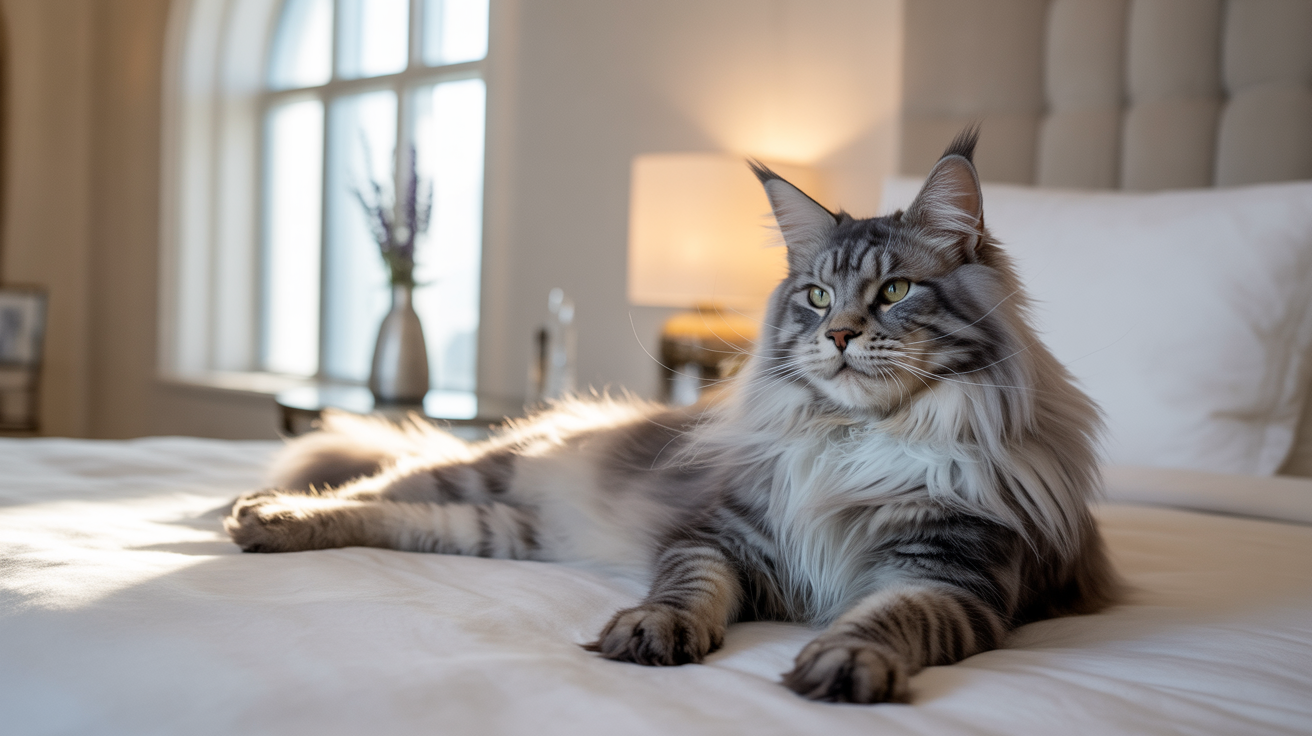How Dogs Perceive Time: What Does One Hour Feel Like to a Dog?
Dogs are fascinating creatures with complex social and emotional lives. One of the most frequently asked questions by pet owners is: how do dogs perceive time? More specifically, how long does one hour feel to a dog? While they do not have an episodic memory like humans and cannot tell time the way we do, dogs experience the passage of time through a combination of sensory cues and routine-based associations.
Understanding a Dog’s Concept of Time
Dogs don’t wear watches or track time through clocks. Instead, their sense of time is largely inferred through behavioral patterns and environmental changes. A dog’s internal clock, or circadian rhythm, helps guide their behavior based on day and night cycles, feeding schedules, and regular activities.
Although exact time perception—like “one hour” or “half a day”—isn't a cognitive ability dogs possess, research suggests they are aware of duration through changes in environment, smells, and light, and they are sensitive to the absence and return of their owners.
The Role of Associative Memory
Dogs rely on associative memory rather than episodic recall. This means they connect experiences with emotions, places, or stimuli (such as smells and voices), rather than chronologically remembering an incident.
- They remember when you leave by associating your departure routine with being alone.
- They remember feeding time through the clink of a bowl or when the sunlight hits at a specific angle.
- They remember you’ve been gone because you're not present during expected activities.
This kind of memory allows dogs to function behaviorally based on routines and patterns.
Emotional Response to Time Apart
When you leave your dog for an hour, two hours, or even a whole day, they may react similarly upon your return. Why? Because dogs do not keep track of precise time intervals. Instead, their excitement is a response to their emotional bond with you and your sudden reappearance in their environment.
A dog left alone for one hour may exhibit the same enthusiastic greeting as after several hours, indicating that specific time lengths may not be truly distinguishable to them. However, some studies suggest dogs do respond differently based on the length of absence, which may be linked to increasing anxiety, boredom, or changes in light and scent in the home.
Short-Term vs. Long-Term Memory in Dogs
Dogs possess both short-term and long-term memory. However, their short-term memory can be quite brief, often lasting only a minute or two. In contrast, long-term memory—especially those tied to emotions or repeated routines—can last for years.
This explains why a 60-minute absence may not be processed as “one hour gone,” but rather as an emotional moment of separation followed by reunion, tied to behavioral triggers.
Factors Affecting a Dog’s Time Perception
- Age: Older dogs may experience time differently, especially if they develop Canine Cognitive Dysfunction.
- Breed: Some breeds are more independent and less time-sensitive, while others are highly social and acutely aware of separation time.
- Health: Physical and emotional health play a role—anxious dogs might struggle more with separation.
- Routine: Dogs anchored to consistent schedules tend to be more aware of deviations, which helps them infer elapsed time.
Scent as a Time Indicator
Amazingly, dogs may even use the fading strength of your scent in your absence to estimate how long you’ve been gone. Scent decay over time could serve as a rough internal timer for your return. Studies indicate dogs can detect the subtle changes in smell that happen as time progresses, making scent a useful anchor for temporal perception.
Tips to Help Dogs During Short Absences
- Provide familiar scents: Leave behind a piece of clothing that smells like you.
- Maintain routine: Keep consistent feeding and walking times for predictability.
- Use enrichment toys: Puzzle feeders or chew toys can distract dogs and make time pass more comfortably.
- Start short absences: Gradually increase time away so your dog becomes desensitized.
Signs of Time Awareness
Watch for these signs to determine if your dog is affected by your time away:
- Increased anxiety or vocalization when you prepare to leave
- Excited greetings upon return regardless of leave duration
- Behavioral anticipation (e.g., sitting near the door near your usual arrival time)
Conclusion
In essence, one hour might feel longer to a dog not because they understand the number 60, but because of their heightened emotional response and reliance on routine and sensory cues. Dogs live in the moment; yet their bonds to us and associations with daily activities endow them with a practical sense of time—based not on clocks, but on the rhythm of life and smell, sound, and presence. So next time you're gone for an hour, remember: to your dog, it's not about the minutes—it's about missing you.





